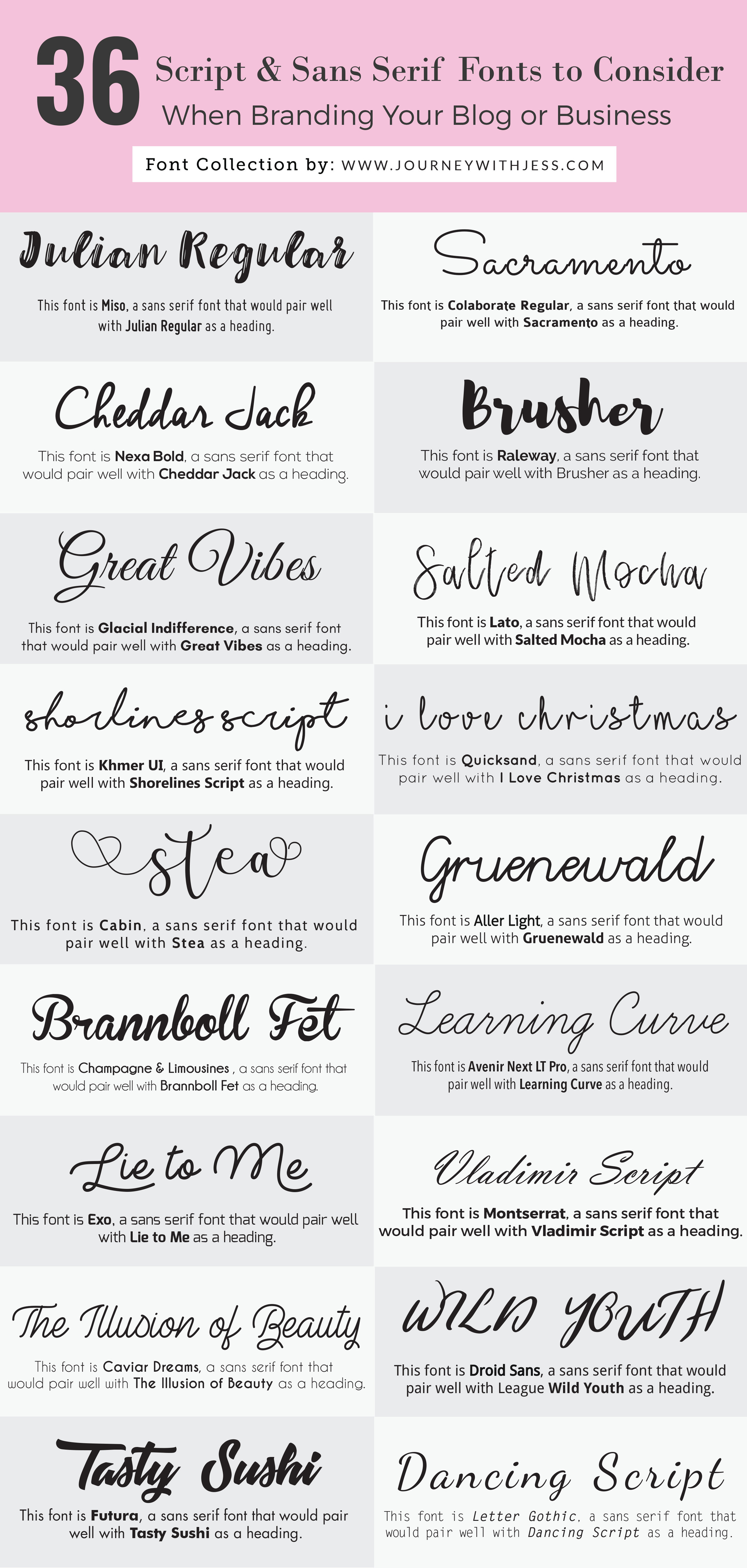
They’re all rarely used in data visualization - but here are a few examples: SPIEGEL, 2022. If you browse a font catalog like MyFonts, Adobe Fonts, or Google Fonts, you’ll notice more categories than just serif and sans-serif: They also let you choose slab serifs, script fonts, handwritten-looking fonts, and monospace fonts. One of the rare news projects that uses a serif typeface for all labels and numbers.

Fonts: Guardian Text Egyptian and Guardian Figures.

They help set an almost “map-explorative” and literary vibe. Most of Federica’s data visualizations use serif fonts. Unusual: Pew Research uses sans-serifs everywhere except in the description.īut some data vis designers use serifs for labels and numbers, too: Federica Fragapane, 2022. Fonts: Georgia Italic and Franklin Gothic. Like Playfair, Postoni is a Display font: It has a high contrast of thick and thin strokes (just look at that “U” in “Ukraine”) and should therefore only be used at large sizes, like here. (The font name doesn’t seem to be an homage to data vis pioneer William Playfair.) The Washington Post, 2022. “Display” means the font is only suitable at large sizes, like in titles. The Guardian uses the same commissioned serif font for chart titles as they use for article titles. Fonts: Guardian Headline and Guardian Text Sans. Most often, serifs are only used for visualization headlines: The Guardian, 2022. Serifs look a bit more classy, traditional, and serious/professional than sans-serifs and can set a visualization apart from others out there. While serif typefaces are rare in data vis, they do exist. Bloomberg’s typeface is based on Helvetica but has a slightly straighter appearance, e.g. The Economist uses different styles from the same commissioned typeface for all text in their visualizations. Fonts: Econ Sans and Econ Sans Condensed. Most data visualizations use sans-serif typefaces - like all charts from The Economist and Bloomberg: The Economist, 2022. – in Datawrapper is possible with a custom theme. Changing the fonts – including size, placement, color, etc.
#DIFFERENT FONTS FREE#
Our free Datawrapper visualizations, for example, use the sans-serif typeface Roboto. They look cleaner and are often easier to skim than serif fonts, especially when it comes to numbers. For data visualizations, sans-serif (”without serifs”) typefaces are most often the better choice. Serif typefaces (like Times New Romanor Georgia) bring you into a reading flow - that’s why they’re great for setting long texts like novels or newspaper articles. This article explains all these options - and shows how ignoring this advice can set your visualization apart from others.Ġ2 Use a font with lining and tabular numbers.Ġ3 Use a font with all the symbols you need.Ġ6 Use neither overly narrow nor overly wide fonts.Ġ8 Use a high-contrast color for most text.Ĭhoosing a font Use sans-serif typefaces. On the web, that means sans-serif, neither overly narrow nor wide, regular (instead of bold or thin) text set in sentence case, in a size that’s big enough to read, and in black or almost black. Easy to read is everything that readers are used to. The short answer: When in doubt, set your text in a font that’s easy to read. And then they are so many extra ways of adjusting them (uppercase, size, color, …). Many of these typefaces come in different fonts (thin, bold, …).


How should the text appear in your data visualizations? The possibilities are endless: There are millions of typefaces out there (Arial, Times New Roman, Lato, …) belonging to different categories (serif, sans-serif, condensed, wide, …).


 0 kommentar(er)
0 kommentar(er)
